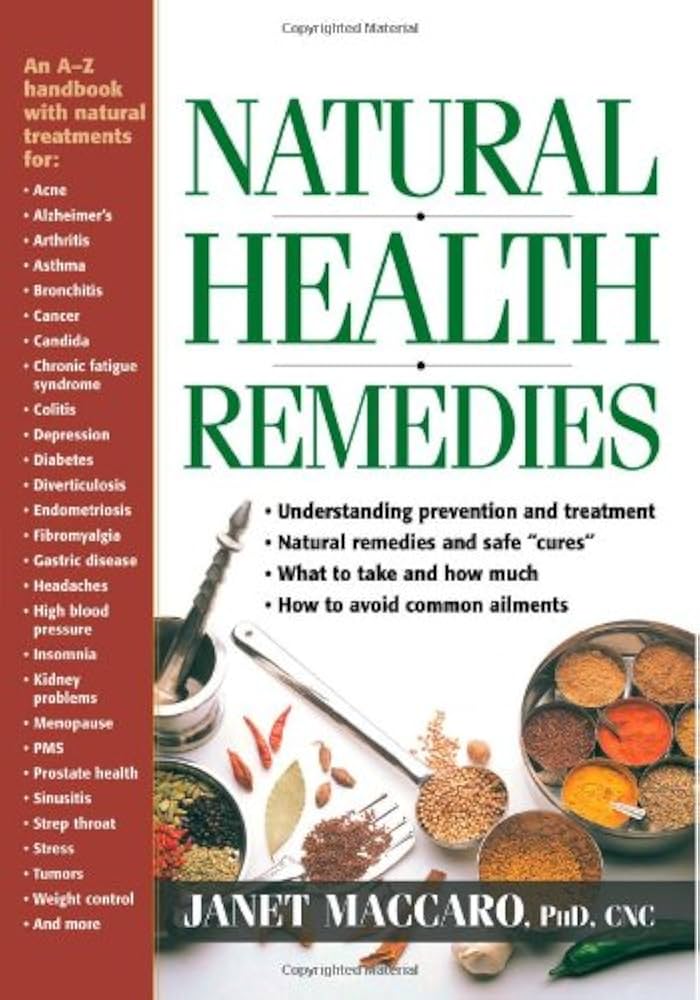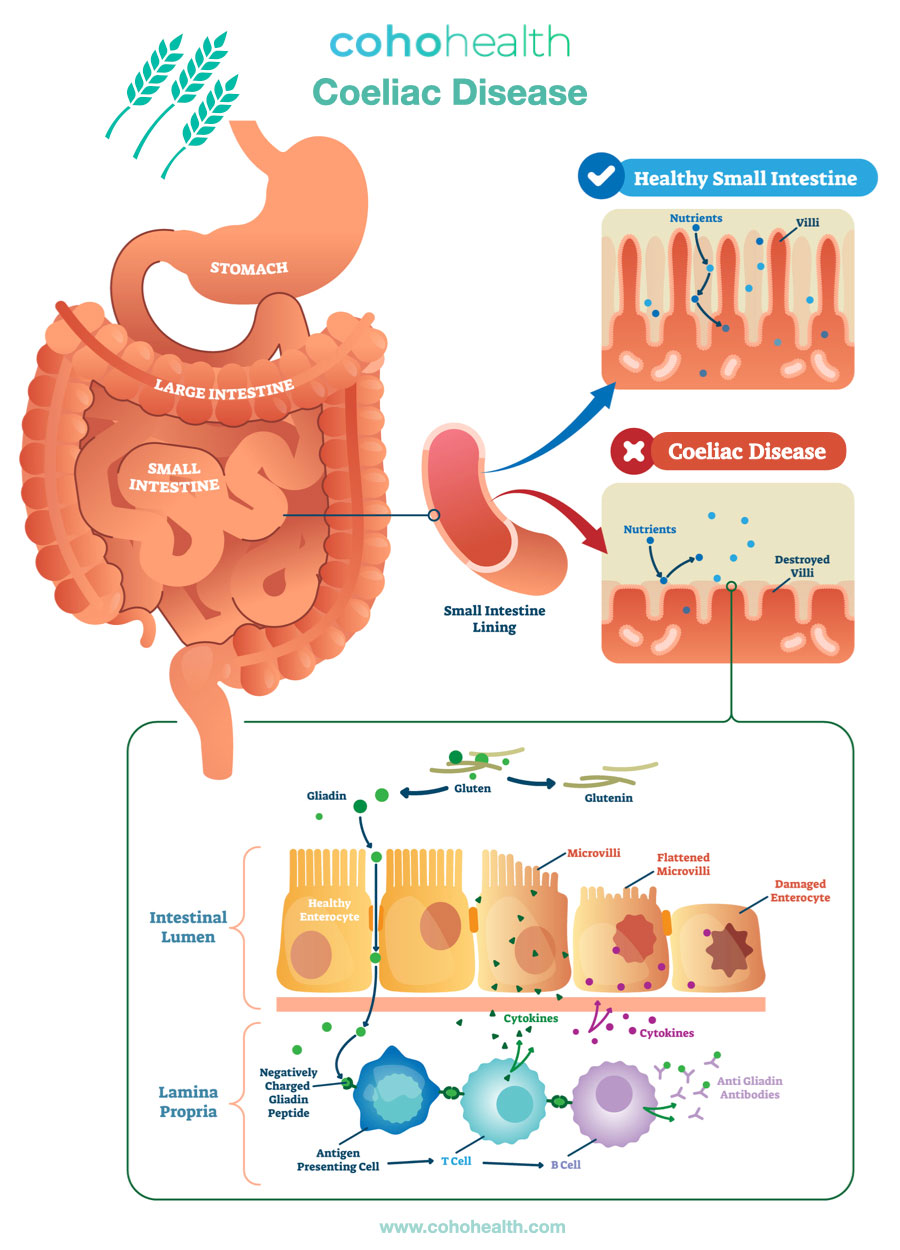Arts & Healing: Creative, Artistic, and Expressive Therapies for PTSD
When it comes to Post-Traumatic Stress Disorder (PTSD), many people struggle to find effective ways to cope with the emotional scars of trauma. Conventional therapies can be helpful, but often overlook the power of creative expression in healing. That’s where arts & healing come in – a growing field that combines art therapy with other expressive approaches to promote recovery and resilience.
Embracing Creativity: The Foundation of Arts & Healing
The foundation of arts & healing lies in the creative process itself, which can be incredibly therapeutic. By engaging in activities like drawing, painting, writing, or music-making, individuals with PTSD can tap into their emotions and experiences in a way that traditional talk therapies often cannot.
Unlocking Emotional Expression: A Key Component of Arts & Healing
When we create art, we unlock emotional expression – allowing ourselves to process and release pent-up feelings. This can be especially important for those with PTSD, who may struggle to verbalize their emotions or experiences. By giving voice to their inner world through creative outlets, individuals can begin to heal and move forward.
Art Therapy: A Time-Tested Approach to Healing
Art therapy is a well-established approach that combines traditional psychotherapy with the therapeutic benefits of art-making. Trained therapists guide clients in creating art, using various mediums like paint, clay, or collage. This process allows individuals to convey their emotions, thoughts, and experiences in a non-verbal way – which can be incredibly liberating.
Using Art Therapy to Process Trauma: A Step-by-Step Guide
Here’s how art therapy can help individuals with PTSD:
- Establish a safe space: Work with a trained therapist in a comfortable, non-judgmental environment.
- Choose a medium: Select an artistic medium that resonates with you, such as drawing, painting, or collage.
- Express your emotions: Create art that represents your emotional state – without worrying about “right” or “wrong.”
- Reflect and integrate: Discuss the artwork with your therapist, exploring themes, emotions, and experiences.
- Repeat and refine: Continue creating art, refining techniques, and deepening self-awareness.
Musical Healing: The Power of Sound in Arts & Healing
Musical healing is another powerful tool for PTSD recovery. By engaging with music-making activities like singing, playing instruments, or composing, individuals can:
Using Music to Heal: A Beginner’s Guide
Here’s how you can get started with musical healing:
- Find your voice: Discover your favorite genre, instrument, or singing style – without worrying about perfection.
- Explore expressive techniques: Use music to convey emotions, tell stories, or simply express yourself.
- Join a community: Connect with others who share similar passions and experiences.
- Pursue training or mentorship: Learn from experienced musicians or therapists to deepen your understanding of musical healing.
Dance Therapy: Moving Towards Healing
Dance therapy is a dynamic approach that combines movement, music, and self-expression. By engaging in dance activities like improvisation, choreography, or simply moving freely, individuals with PTSD can:
Using Dance to Heal: A Step-by-Step Guide
Here’s how you can get started with dance therapy:
- Find a style that resonates: Experiment with different dance styles – from classical ballet to contemporary or hip-hop.
- Release inhibitions: Let go of self-consciousness and allow your body to express emotions freely.
- Connect with others: Join a dance community, take classes, or work with a therapist.
- Pursue training or mentorship: Learn from experienced dancers or therapists to deepen your understanding of dance therapy.
Finding Arts & Healing in Your Life: Next Steps
Arts & healing offers a unique opportunity for individuals with PTSD to explore their emotions, experiences, and creative expression. Whether you’re looking to:
- Find local resources: Search online for art therapy groups, music-making communities, or dance classes in your area.
- Pursue training or mentorship: Explore certification programs, workshops, or one-on-one coaching with experienced arts & healing professionals.
- Join a community: Connect with others who share similar passions and experiences through online forums, social media groups, or in-person meetups.
- Start your own creative journey: Begin experimenting with art-making, music-making, or dance activities that resonate with you – without worrying about perfection.
Remember, arts & healing is a personalized and ongoing process. By embracing creativity, self-expression, and therapeutic approaches, individuals with PTSD can find new pathways to recovery and resilience.
Conclusion: Unlocking the Power of Arts & Healing for PTSD Recovery
In conclusion, arts & healing offers a profound opportunity for individuals with PTSD to heal, grow, and thrive. By embracing creative expression, emotional processing, and therapeutic approaches like art therapy, musical healing, or dance therapy, individuals can:
- Process emotions: Express and release pent-up feelings in a non-verbal way.
- Build resilience: Cultivate coping mechanisms and self-awareness through creative expression.
- Pursue recovery: Use arts & healing as a complement to traditional therapies for PTSD recovery.
As you embark on this journey, remember that the power of arts & healing lies within your unique experiences and creative expressions. By embracing these approaches, you can unlock new pathways to healing, growth, and transformation.
Further Reading: Exploring Arts & Healing for PTSD Recovery
If you’re interested in learning more about arts & healing for PTSD recovery, consider exploring the following resources:
- “The Art of Psychotherapy”: A comprehensive guide to art therapy by Dr. John E. Frommelt.
- “Healing Arts: The History and Science of Music, Dance, and Drama Therapy”: A thorough exploration of music, dance, and drama therapy by Dr. Judith H. Katz.
- “Creative Expressive Therapies for Trauma Survivors: Techniques for Processing and Integrating the Unconscious”: A guide to creative expressive therapies for trauma survivors by Dr. Lisa M. Schab.
Remember, arts & healing is a journey that requires patience, creativity, and self-compassion. By embracing this approach, you can unlock new pathways to recovery and resilience – and find a sense of peace, hope, and transformation in the process.


